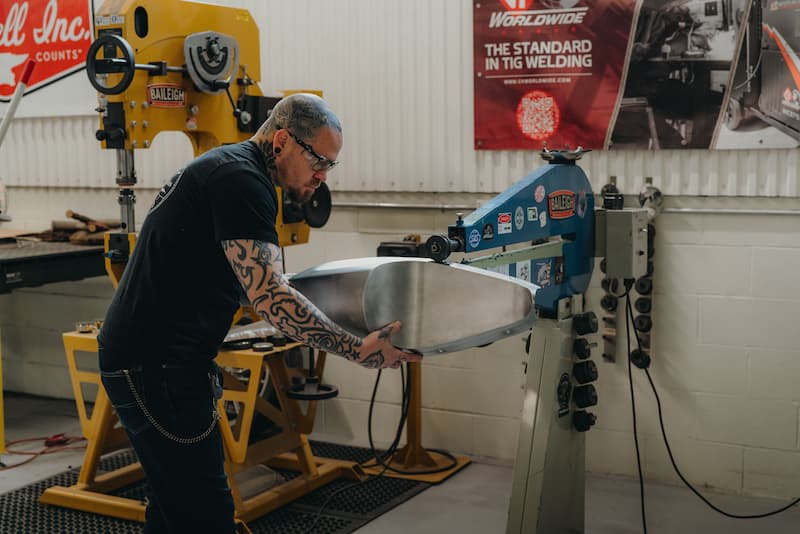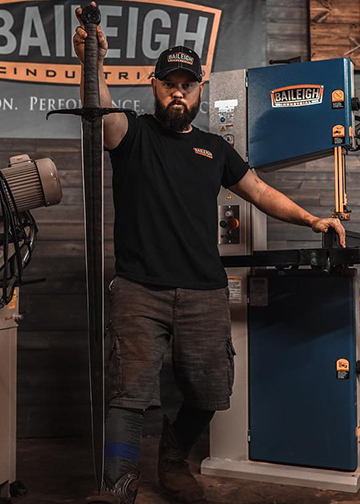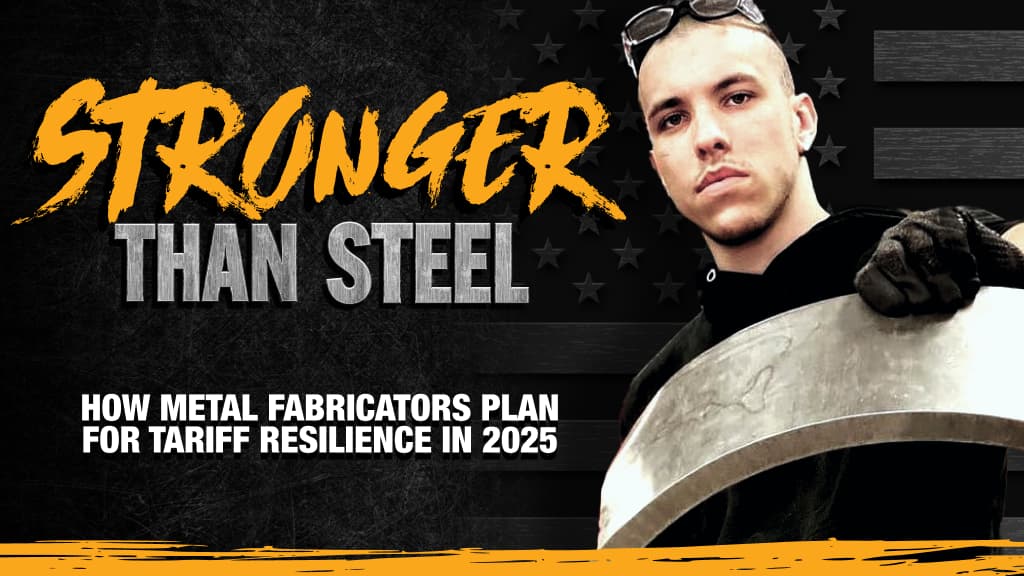

What Do the 2025 Steel & Aluminum Tariffs Mean for Metal Fabricators?
If you're in the metal fabrication industry, you've probably already heard about the tariffs on steel and aluminum imports. If you're feeling a mix of concern and confusion, you're not alone.
These tariffs could encourage domestic sourcing, but for many fabricators who rely on imported materials to keep costs down and operations running smoothly, the road ahead may feel uncertain. You need to know what this policy shift will mean for your business.
We’re here to explain the potential ripple effects across the industry, and offer practical steps to help you stay resilient in the face of rising costs and shifting supply chains.
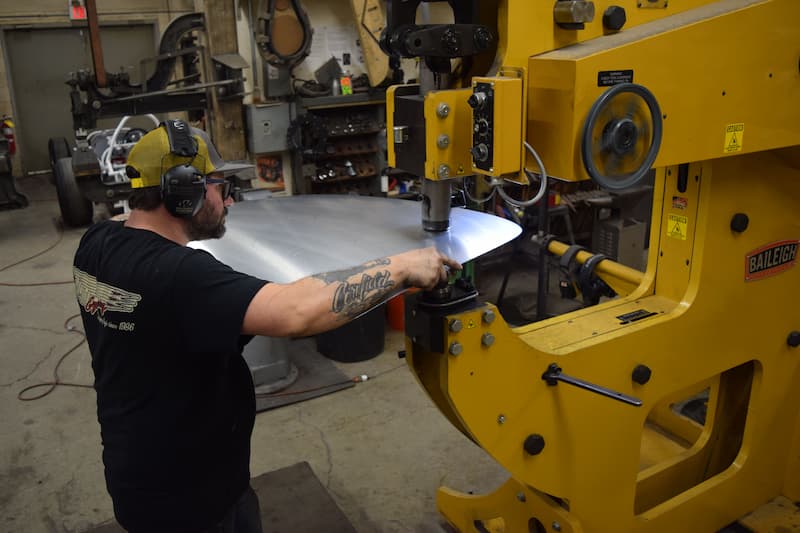
How Tariffs May Impact Metal Fabricators
Let’s take a closer look at some of the key challenges metal fabricators may encounter as these tariffs take effect. While every workshop is different, you may likely feel the impact in the following ways:
- Rising Material Costs: One of the most immediate effects will be higher prices for steel and aluminum—regardless of whether they're sourced domestically or internationally. We already saw increases of about 10% for scrap metal in February 2025, and that number is only expected to rise under these new conditions. For fabricators, that means tighter margins and higher overall operating expenses.
- Strains on the Supply Chain: With no exemptions in place for allied nations or specific product types, sourcing raw materials could become more complicated. Domestic producers may struggle to meet demand, leading to longer lead times, limited availability, and a whole new set of logistical headaches.
- Pressure on Pricing and Competitiveness: When your input costs go up, your pricing often has to follow—and that can make it harder to stay competitive, especially in global markets where buyers have more options. Fabricators may need to find creative ways to maintain value without pricing themselves out of the game.
- Increased Equipment and Component Costs: It’s not just raw materials that are affected—many fabricators rely on machinery and components that are either fully imported or made with large amounts of steel and aluminum. CNC machines, presses, automation systems, fasteners, and structural parts all fall under the scope of these tariffs. This increase can strain budgets, particularly for small and medium-sized fabricators that may already face tight margins.
- A Cloud of Economic Uncertainty: It’s not just the U.S. reacting—other countries may respond with their own tariffs, creating ripple effects across the global supply chain. For manufacturers who export finished goods, this could mean additional costs, shifting demand, and even more unpredictability ahead.
Strategic Planning for Tariff-Resilience
While the return of steel and aluminum tariffs brings real challenges, it also presents an opportunity for metal fabricators to think strategically and future-proof their operations. Here are some practical ways to stay resilient and adaptable during this period of uncertainty:
- Rethink and Diversify Your Supply Chain: Now’s the time to rethink your supplier mix by building relationships with domestic producers. Even small shifts can help reduce costs and increase supply chain stability.
- Get Diligent about Inventory Management: Planning ahead can help you avoid price spikes and delays. Build up reserves of essential materials while prices are still manageable. Use inventory tracking tools to monitor usage, flag risks, and avoid last-minute surprises.
- Keep an Eye on Costs and Cash Flow: Renegotiate contracts wherever you can to lock in better pricing or more flexible terms. Cut nonessential spending and focus on operational efficiency. Small tweaks can add up fast.
- Be Open to Alternative Materials: If your projects allow, consider switching to materials that are less affected by tariffs. Recycled metals, composites, or hybrid materials could offer both cost savings and performance benefits.
- Adjust Pricing Without Losing Customers: Higher input costs may require pricing updates—but communication is key. Be transparent with customers about why prices are changing. Look for ways to add value that can justify the increases, such as faster lead times or higher-quality service.
- Maintain and Extend the Life of Your Machines: New equipment might be more expensive, so stay on top of maintenance schedules to prevent breakdowns and costly replacements, or look into used & demo machines that may be sold at a lesser price. Train your team to operate machinery efficiently and spot issues early. Also, identify Authorized Service Centers (ASCs) in your area for expert care and genuine parts to reduce your reliance on potentially costly international services and parts.
- Take Advantage of Equipment Deals and Financing Options: When upgrades are necessary, timing can make all the difference. Keep an eye out for our promotions, seasonal sales, or special financing programs—these opportunities can significantly lower the upfront cost of new machinery and help you invest strategically without overextending your budget.
- Connect with American Metalworking Networks: To enhance business opportunities and share resources, connecting with other U.S.-based fabricators is critical. To see just how powerful networking can be, check out our Instagram channel with over 1 million followers and watch our Baileigh Biography series for examples of how the Baileigh Army is already leveraging our nationwide network to grow and gain exposure.
- Plan Financially for the Road Ahead: Update your financial forecasts to account for rising costs and changing demand patterns. When considering major investments, take a strategic approach—focus on opportunities with strong ROI and explore financing options that align with your long-term goals.
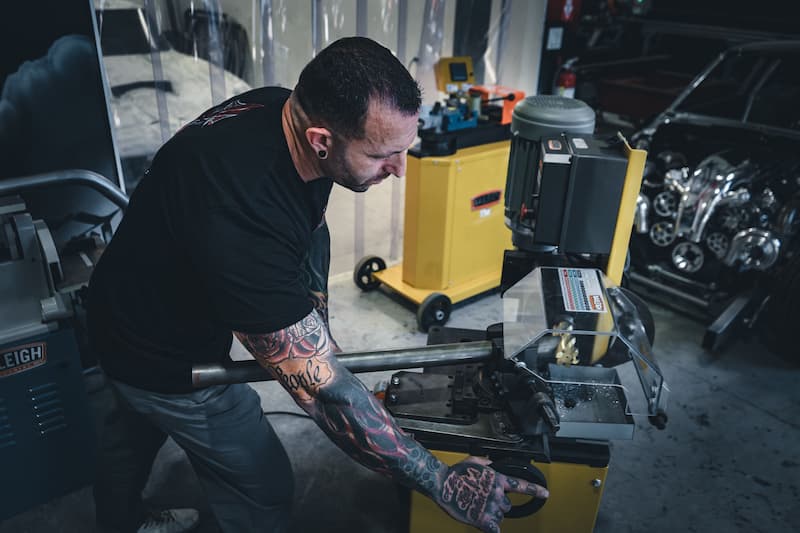
Long-Term Opportunities for Your Business
While the immediate effects of tariffs can be challenging, some industry leaders see a window of opportunity for American manufacturers willing to adapt and invest in the future.
In a recent letter to President Donald J. Trump, five steel groups, including The American Institute of Steel Construction, expressed frustration about how foreign government subsidies and other market-distorting policies and unfair trade practices had led to increased overproduction of steel in foreign markets. They conclude their letter voicing support for the President’s tariffs, stating, “We welcome and applaud your actions to restore the integrity of the Section 232 tariffs on steel and your commitment to restoring a level playing field for American steel producers and their workers.”
While opinions vary across the industry, there are still some potential opportunities that fabricators can capitalize on in this new economic climate, such as:
- Growing Demand for U.S.-Made Machinery and Materials: With imported materials becoming more expensive, the market will likely tilt in favor of domestic producers. This could spark renewed investment in U.S. steel and aluminum, along with a greater demand for machinery that's built or assembled domestically. However, to meet this demand, experts emphasize the need to scale infrastructure and production capacity.
- Momentum for Reshoring and Regionalization: Tariffs on imported goods present a key opportunity for fabricators to gain a competitive edge by offering domestically produced alternatives. Fabricators can market their tariff-free products to businesses seeking to avoid increased import costs, potentially leading to greater demand and market share. Actively highlighting this cost advantage can be a significant strategy for growth in the current economic climate.
- The Value of the “Made in USA” Label: There’s growing market appreciation for locally made products—both from consumers and businesses. A 2020 survey from the Reshoring Institute shows that 70% of Americans prefer products made in the USA. Slightly more than 83% said they would pay up to 20% more for products made domestically, citing quality, sustainability, and fair labor. For fabricators, this presents a chance to turn sourcing and production decisions into powerful marketing messages.
- Support Through Federal Incentives: Substantial government support is available to help offset the near-term financial pressure. Tax credits for using U.S.-sourced components, grants for facility upgrades, and federal investments in logistics infrastructure are all designed to make domestic manufacturing more competitive—and more sustainable over time.
Looking ahead, the most resilient fabricators will be those who can balance short-term challenges with long-term strategy. And while the return of steel and aluminum tariffs adds new complexity to an already demanding industry, it also presents an opportunity for metal fabricators to take a proactive, strategic approach. By staying informed, optimizing operations, and exploring creative ways to manage costs, fabricators can weather the changes ahead and continue building a resilient, competitive business.
If you're evaluating your equipment needs in light of these changes, we're here to help. Reach out to speak with Baileigh customer support to discuss your options, available incentives, and ways to invest in your future while keeping today’s budget in mind, including how you might better maintain your machines or save on new equipment through current offers or flexible financing.
Together, we can find the path that makes the most sense for your shop and your bottom line.
